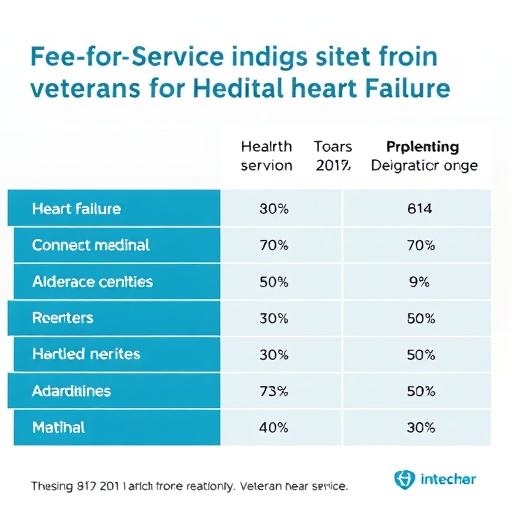Currently, the platform’s performance is being used to identify molecules that are effective in countering the Zika virus
The most powerful (and economic) intelligent supercomputer in the world is Italian-powered. The High Performance Computing, Structure-Based Drug Design System, or rather a calculation system capable of accelerating the search for new drugs, which is particularly useful in epidemics caused by pathogens, is unparalleled in the world today.
The features achieved by EXSCALATE (EXaSCale smArt pLatform Against paThogEns) represent a new record in this field: a “chemical library” of 500 billion molecules, up to 30 biological targets evaluated simultaneously, with a processing capacity of more than 3 million molecules a second and a screening cost for 1 billion molecules equivalent to 4,000 euro.
This performance clearly exceeds by far the current “state of the art” technology which is also the subject of a recent article in Nature (6 February 2019, https:/
This result is the outcome of a public-private consortium, created within the European project ANTAREX – via a 3 million euro funding – within the H2020 Future and Emerging Technologies supercomputing program, which sees as pharmaceutical leader Dompé (an industrial partner for health applications) along with the Politecnico di Milano (the project coordinator and application acceleration partner) and CINECA (the technological partner that adapted the application to the Marconi supercomputer).
The EXSCALATE platform’s first test field is the epidemiological crisis caused by the Zika virus, which to date is still lacking effective treatment. In this case EXSCALATE has identified molecules potentially capable of inhibiting 5 of the 7 viral proteins: NS5, NS1, NS2B/NS3, NS3 and the membrane protein. The most promising molecules identified through the Exscalate platform are now undergoing biological testing.
The case study carried out on the Zika virus will be “open” to the international community and the results made public through the ANTAREX4ZIKA.eu website.
The idea of a platform capable of considerably accelerating the in-silico pharmaceutical research stems from almost ten years of investments by Dompé pharmaceuticals, through its Drug Discovery platform dedicated to the development of drugs through advanced in-silico methods. The starting point for the development of the central tool of the Exscalate platform was the structure-based virtual screening software by LiGen (Ligand Generator). LiGen is the result of an extensive collaboration between Dompé and the Italian supercomputing centre Cineca; the software was initially engineered to run in a native and effective manner on supercomputing architectures and was already one of the most competitive tools in the virtual screening software arena. Through the ANTAREX project, Dompé took the opportunity to incorporate the new technologies necessary for the transition to the era of exascale computing in LiGen. Thanks to the intelligent calculation techniques developed at the Politecnico di Milano, led by the Prof. Cristina Silvano and Prof. Gianluca Palermo group, and the close collaboration with an interdisciplinary group from CINECA and DOMPE’, it was possible to implement the LiGen software and take full advantage of the computing power of Marconi, one of the top 20 supercomputers in the world installed at CINECA.
“Thanks to this scientific collaboration, which has involved both public and private organizations, the aim is to make available to the research community a simulation system capable of supporting and accelerating the discovery of innovative therapies to fight pandemics such as the Zika virus,” comments Andrea Beccari, the EXSCALATE and Dompé’s Drug Discovery Platform manager. “Thanks to this work, it is now possible to optimize the ‘evaluation’ of a number of molecules never reached before and therefore to drastically reduce the virtual screening process on pharmacologically relevant targets in order to arrive at the identification of new active compounds.”
EXSCALATE can represent a model for scientific research and for the pharmaceutical industry: or rather, it can place the best European IT-engineering skills into a system with the most innovative pharmaceutical chemistry applied with the aim of making the most of Italian and European technological infrastructures. This opens up the possibility of reducing the path to important treatments for public health, while favouring the rapid availability of drug candidates that are evaluated in a very short time.
“Within the European project, where Exscalate was created,” adds Cristina Silvano of the Politecnico di Milano, coordinator of the ANTAREX project, “we had the idea of applying the concept of intelligent calculation in order to focus the computational effort on the data processing’s most promising points. This has made it possible to respond to the need to increase the number of molecules to be analyzed coming from the pharmaceutical world.” “Finding the best parameters on which to act within the application, configuring them appropriately for each type of processing, together with the use of approximate computation techniques,” underlines Gianluca Palermo, from the Politecnico di Milano, “have been one of the key points of the multi-disciplinary collaboration behind the development of EXSCALATE.”
“This project is placed within the more general framework of urgent computing, or rather the simulations required by national and international bodies in order to obtain operational responses within the least time possible,” adds Carlo Cavazzoni, HPC Cineca R&D Manager. “It will also soon benefit from further upgrading of the current European calculation infrastructure which, thanks to an investment of over 1 billion euro granted by the EuroHPC Joint Undertaking, will allow Europe to become one of the world’s largest supercomputing leaders.”
###
Media Contact
Cristina Perini
[email protected]




